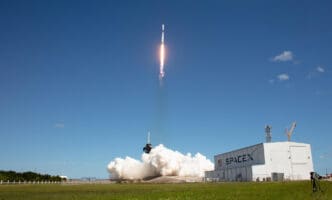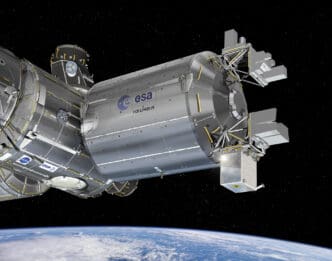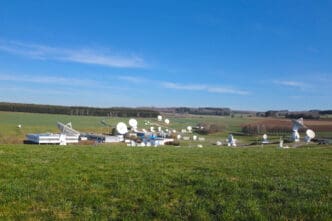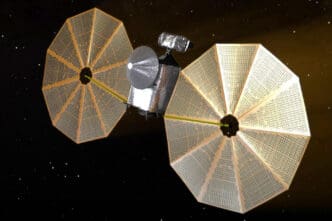The Geostationary Extended Observations (GeoXO) represents a significant leap forward in atmospheric, terrestrial, and oceanic data collection for the Western Hemisphere. Developed collaboratively by NOAA and NASA, this satellite initiative is poised to revolutionize how real-time environmental data is gathered and utilized for forecasts and warnings.
GeoXO aims to maintain and enhance the observations currently made by the GOES-R Series as it approaches the end of its service. With its first launch scheduled for 2032, GeoXO will extend its operations until 2055, ensuring continuity and advancement in NOAA’s geostationary satellite endeavors. This initiative is not merely a continuation but an expansion to meet the growing challenges posed by climate change and environmental hazards.
The constellation planned by NOAA includes three satellites strategically positioned to cover the GEO-East and GEO-West regions. These satellites will be equipped with advanced sensors such as imagers, lightning mappers, and ocean color instruments. A central satellite will carry a sounder and an atmospheric composition instrument, with provisions for additional partner payloads. This strategic placement allows comprehensive monitoring of atmospheric and oceanographic phenomena, bolstering our capacity to analyze and predict environmental changes.
Over the past five decades, the collaboration between NOAA and NASA has produced some of the world’s most sophisticated weather and environmental monitoring systems. GeoXO continues this legacy, building on the successes of the GOES-U, now GOES-19, satellite. It signals a transition to more advanced satellite technologies designed not only for current needs but also to anticipate future advancements in environmental monitoring.
The instrumentation aboard GeoXO will set new benchmarks in data collection and interpretation. High-resolution imagery from the GeoXO Imager will provide detailed visual data on weather patterns, ocean conditions, and environmental states. The Lightning Mapper will offer insights into severe storm activities, aiding in the prediction and response to hurricanes and aviation hazards. Meanwhile, the GeoXO Sounder will supply real-time data on atmospheric moisture, winds, and temperature, enhancing short-term weather forecast models. Furthermore, the Atmospheric Composition Instrument is set to improve air quality monitoring by offering precise measurements of pollutants, which is crucial for mitigating health impacts from pollution and wildfire smoke.
Adding to these capabilities, the Ocean Color Instrument will track biological, chemical, and ecological changes in marine environments. This will greatly aid in monitoring fisheries, evaluating ocean pollution, and understanding ecosystem shifts, thereby supporting efforts to protect water quality and manage coastal hazards such as harmful algal blooms.
The GeoXO mission signifies a pivotal progression in Earth observation technology, promising to equip decision-makers with critical insights needed to tackle environmental and climatic challenges. As the Western Hemisphere faces escalating threats, GeoXO stands as a testament to the importance of continuous observation and advanced data gathering in safeguarding our planet’s future.
Source: Science.Nasa







